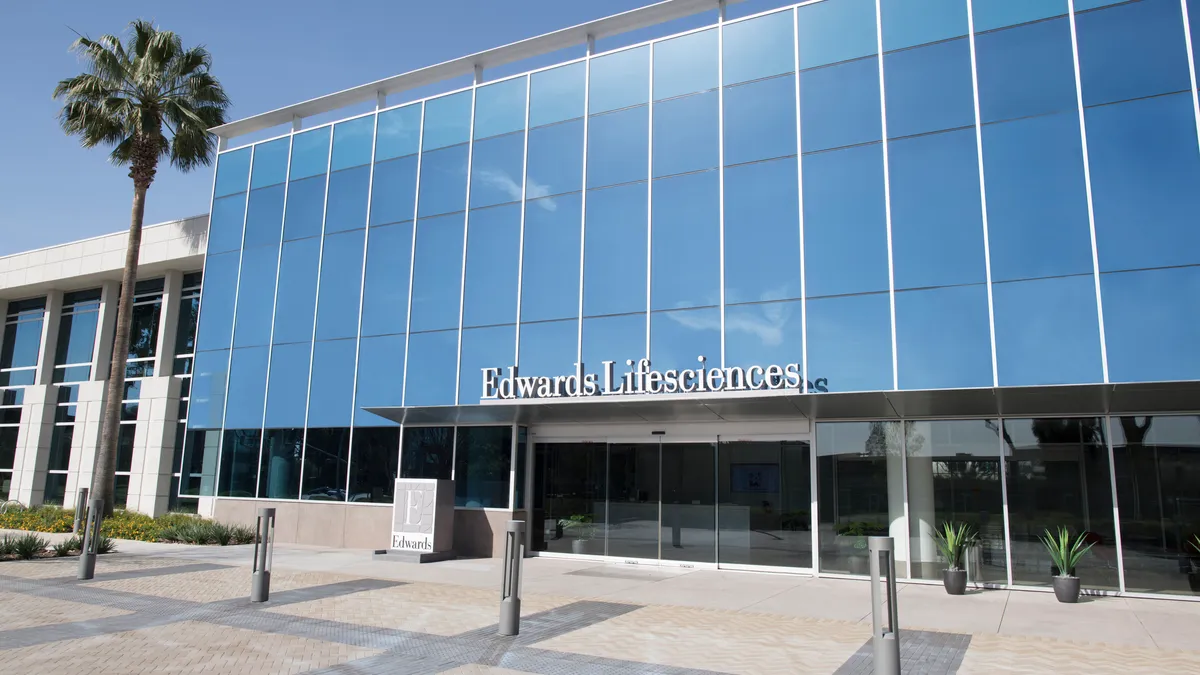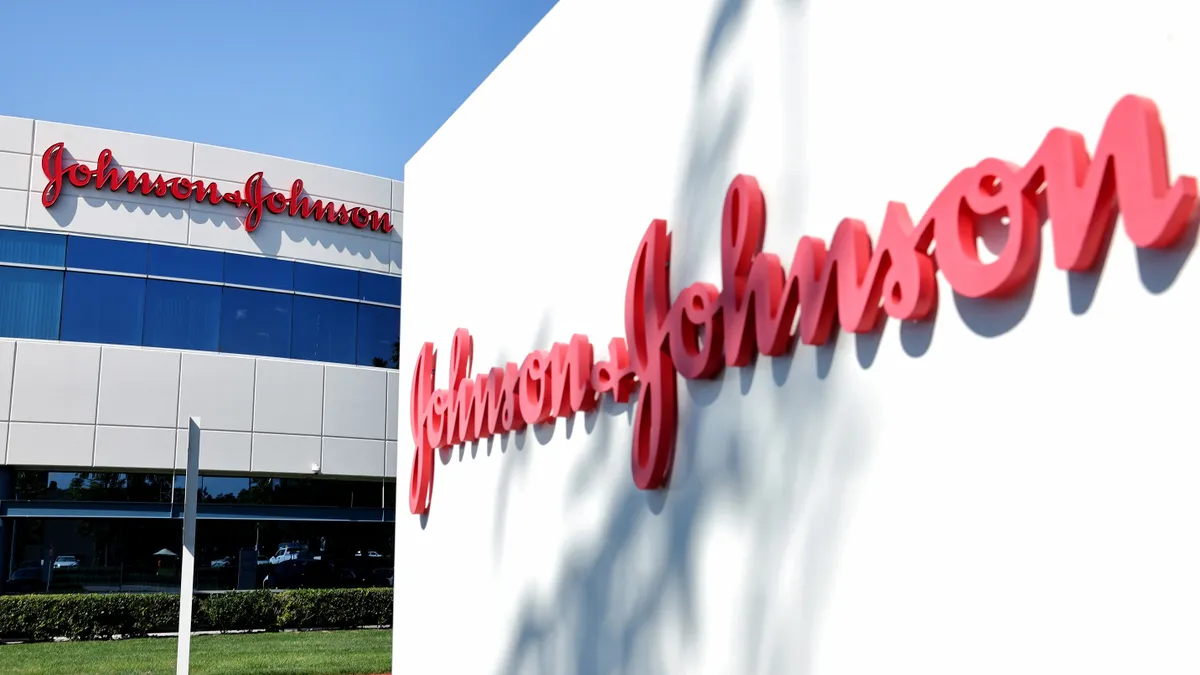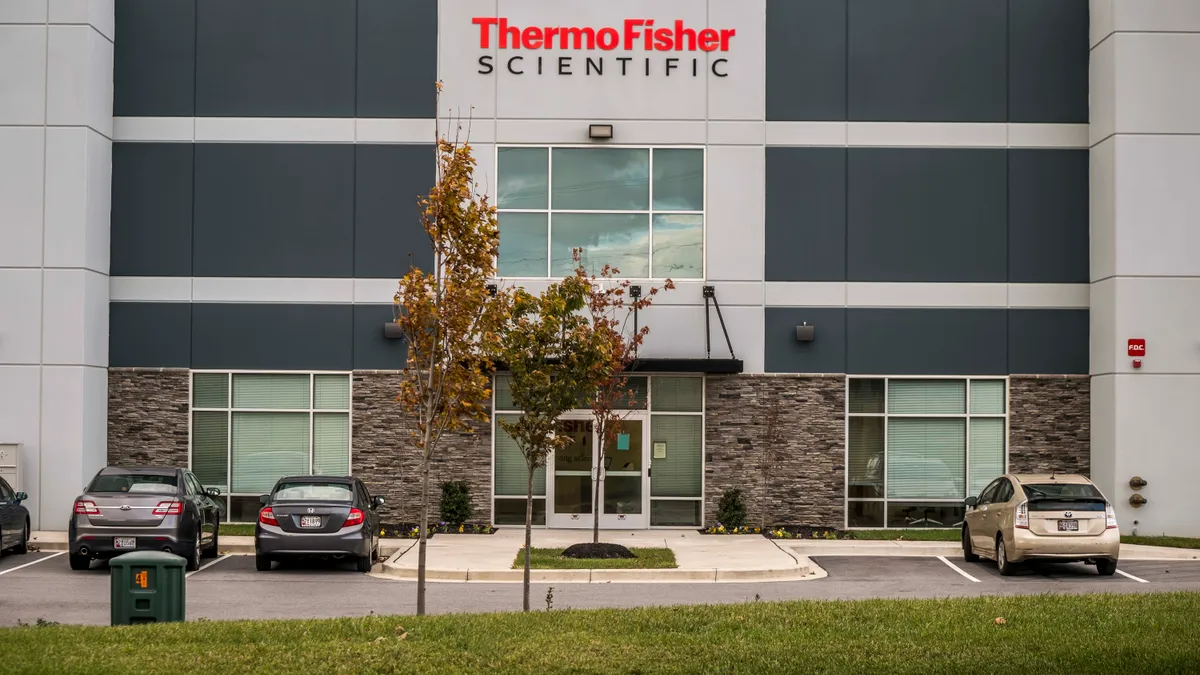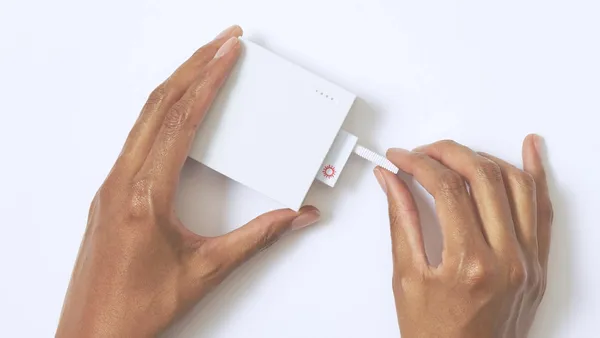Dive Brief:
-
Transcatheter aortic valve replacement (TAVR) volume growth likely fell around 30% in the U.S. in April as COVID-19 caused hospitals to defer procedures, according to data shared in a research note from Jefferies on Tuesday.
-
While steep, the decline is less severe than the 34% to 35% drop analysts are braced for in the second quarter. If, as expected, April is the weakest month of the quarter, the Jefferies analysis suggests TAVR players such as Edwards Lifesciences and Medtronic may fare better than expected.
-
However, the analysts cautioned that many of the sites it tracks are yet to report information about their TAVR volumes, and the model does not account for new centers since an updated National Coverage Determination from CMS. The number of active U.S. TAVR centers has risen 12% in the past year, now topping 700 sites, the analysts wrote.
Dive Insight:
Edwards and Medtronic, the latter of which is less reliant on TAVR sales than its rival, were part of a chorus of medtech companies that warned investors to expect a significant slowdown during the last round of financial results. Major markets only began deferring procedures in mid-March, limiting the impact on first quarter medtech sales and positioning the second quarter to be the low point of the year.
Additionally, newest U.S. TAVR market entrant Boston Scientific shared on its first quarter earnings call that the ongoing launch of its Lotus Edge device in the U.S. and Japan "has been challenged by COVID-19 restrictions," according to CEO Mike Mahoney.
April marks the first full month of deferred procedures. The Jefferies analysis, which is based on data from one-third of U.S. TAVR sites, suggests volumes fell 30% to 32% in April, depending on the model used.
With cardiovascular societies plotting a roadmap that puts TAVR in the first wave of restarted procedures, and medtech companies seeing signs that hospitals are restarting activities, it is possible that volumes will recover somewhat in May and June. If that happens, second quarter TAVR sales may beat the 34% to 35% consensus drop predicted by analysts, as cited by Jefferies.
The reliability of that prediction rests on whether TAVR volumes really did fall around 30% in April, as the Jefferies analysis suggests. If the analysis understated the extent of the decline, second quarter results may still be as bad or worse than forecast. Edwards is forecasting second quarter sales of $700 million to $900 million across its whole business, which represents an 18% to 36% decrease compared to the same period last year.
Analysts at Jefferies acknowledge that fewer centers have reported data than is typical so far, meaning the analysis is based on an incomplete dataset. Jefferies has also been off in past projections, for example when it saw a slowdown in TAVR volumes, only for Edwards to easily beat analyst expectations.
In light of the uncertainty, the Jefferies analysts plan to continue tracking trends over the coming months before firming up their predictions for the second quarter. The actual situation will only start to become clear when companies report their financial results; Edwards typically posts its second quarter results in July.










